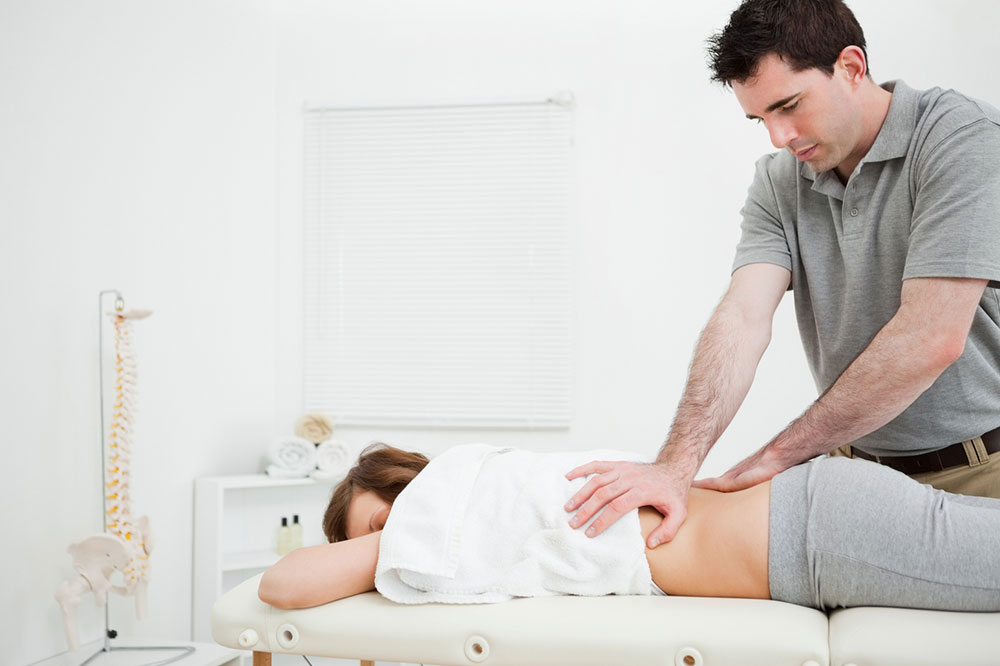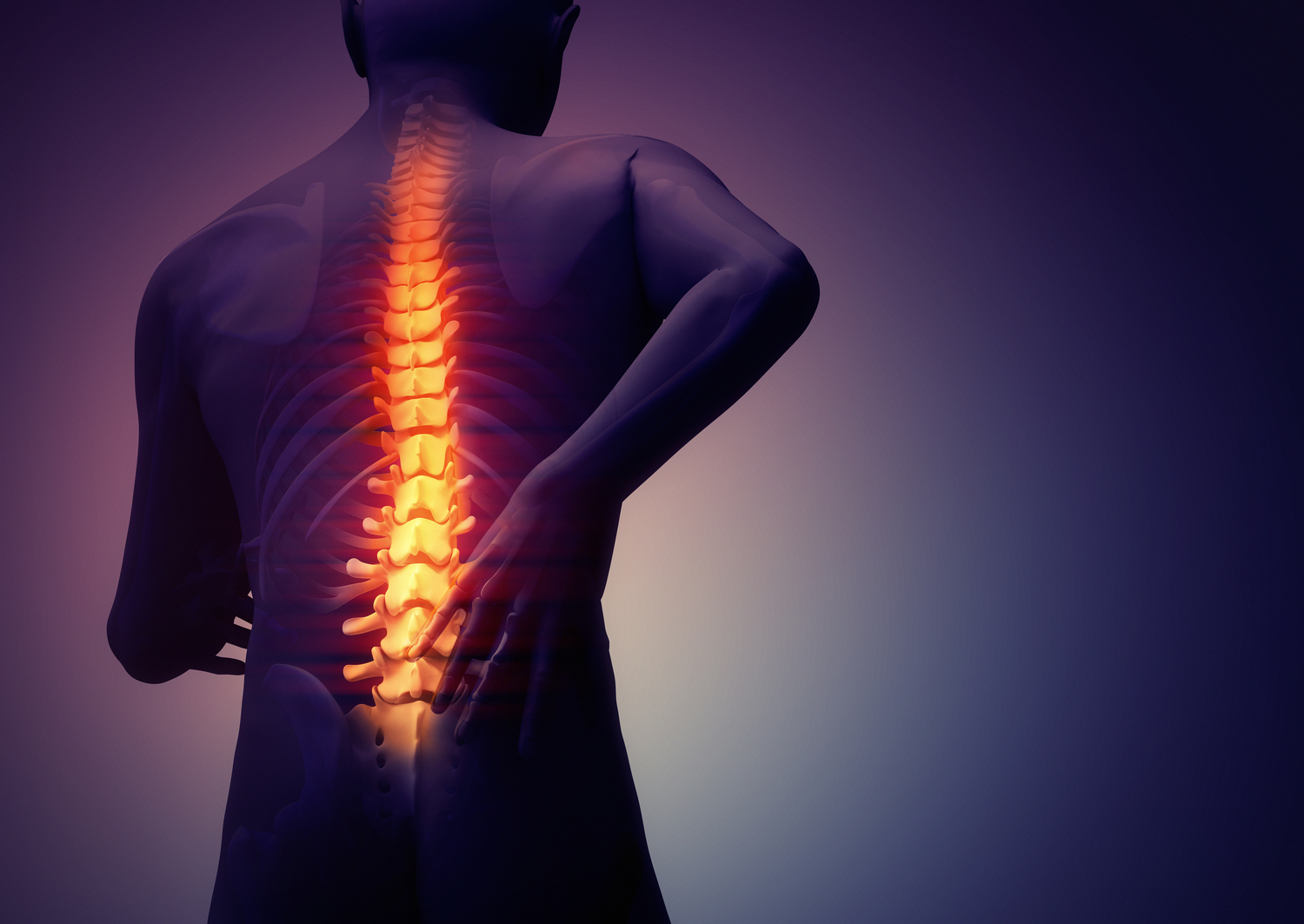Effective Strategies for Managing Spinal Muscular Atrophy
Explore effective treatments for spinal muscular atrophy (SMA), including FDA-approved medications like Spinraza, Zolgensma, and Evrysdi. Learn about supportive devices and therapies that improve quality of life for individuals with SMA, along with important clinical insights. While no cure exists, a combination of pharmacological and supportive interventions can significantly aid management and development, helping patients lead more active lives.

Effective Strategies for Managing Spinal Muscular Atrophy
Spinal muscular atrophy (SMA) is a genetic neurological disorder characterized by the progressive loss of motor neurons, leading to muscle weakness and impaired movement. Although there is currently no cure for SMA, various treatments can help individuals manage symptoms and improve quality of life.
Pharmacological Options
Currently, only a few medications have received approval from the Food and Drug Administration (FDA) for SMA treatment.
Nusinersen (Spinraza):
This drug is used for all SMA types in children and adults. It is administered via four initial injections over two months, followed by maintenance doses every four months. Nusinersen modifies the SMN2 gene to produce more functional protein, which can slow disease progression and reduce muscle weakness.
Zolgensma (Onasemnogene abeparvovec-xioi):
Designed for infants under two years old, this treatment involves a one-time infusion delivered through a vein. It introduces a functional copy of the SMN gene, helping affected children develop motor skills faster, such as head control and independent sitting.
Evrysdi (Risdiplam):
Taken orally once daily, this medication prevents the SMN2 gene from disrupting protein production, allowing essential proteins to reach nerve cells. Clinical studies show that after a year, 41% of users experienced improved muscle function.
Supportive Devices and Therapy
Alongside medication, assistive devices like ventilators, custom wheelchairs, and adapted computer access enhance independence and participation. Physical therapies, including aquatic therapy and adaptive sports, play a vital role in improving mobility and overall health for individuals with SMA.
Important Notice:
The information presented here offers guidance based on current research and medical best practices. It's essential to consult healthcare professionals for personalized treatment plans. Our site provides educational content but should not replace professional medical advice. We disclaim responsibility for discrepancies or updates beyond this article's scope.









